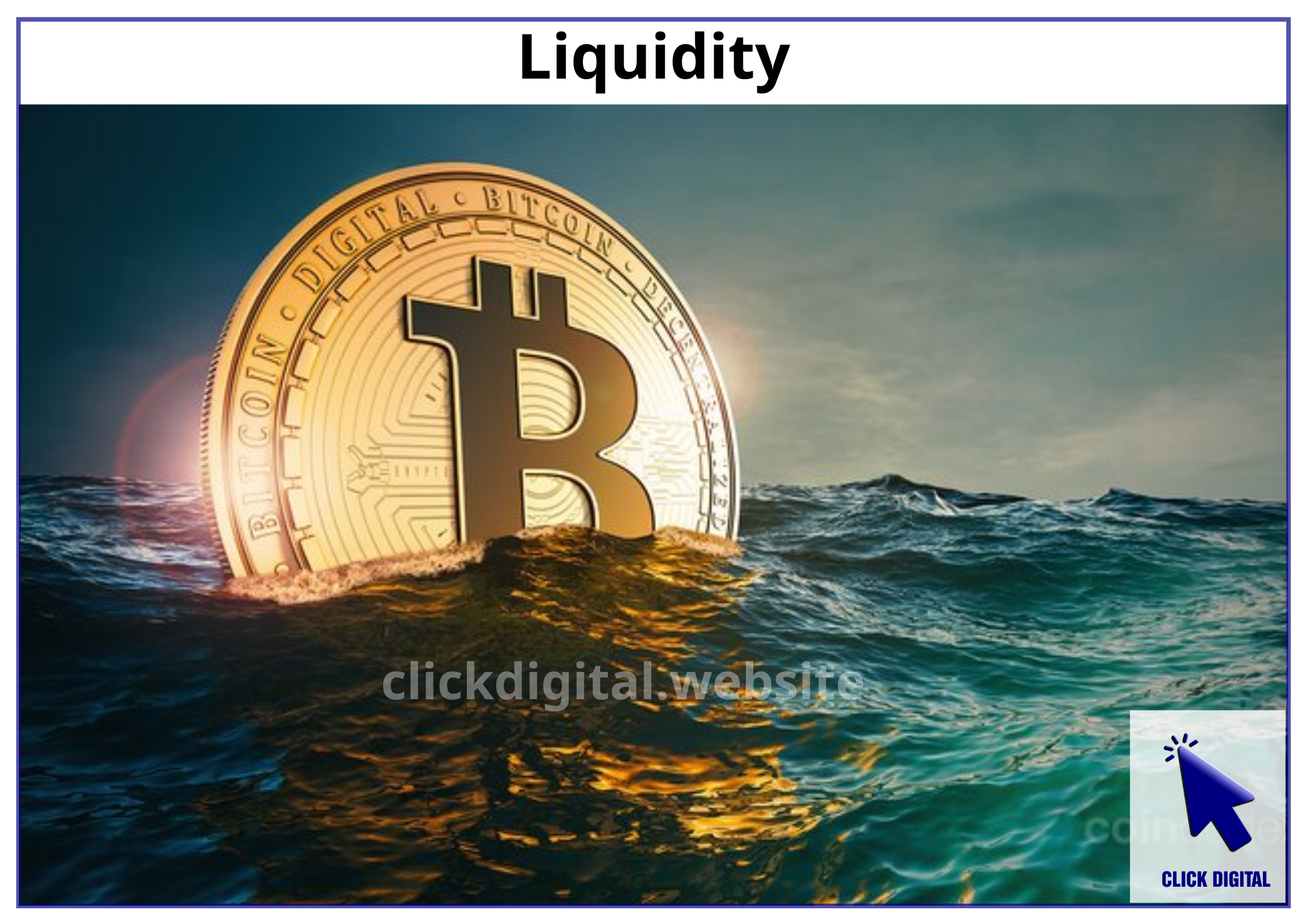Liquidity mining plays a crucial role in the DeFi ecosystem by boosting liquidity and attracting users. To assess the success of liquidity mining programs, Key Performance Indicators (KPIs) are essential. In this article, we’ll dive into the most important KPIs to consider when evaluating the effectiveness of liquidity mining, according to insights from Click Digital.
Introduction: The Role of KPIs in Liquidity Mining
Liquidity mining is a strategic approach that enhances liquidity in decentralized finance (DeFi) protocols, driving user participation and network growth. But how do we measure its success? The answer lies in tracking Key Performance Indicators (KPIs). These KPIs provide clear insights into whether a liquidity mining program is on the right track, enabling informed decision-making and optimization.
From Total Value Locked (TVL) to transaction fees, there are several critical KPIs that can help assess the health and effectiveness of a liquidity mining initiative. Let’s take a closer look at these key metrics.
Table of Contents
1. Total Value Locked (TVL): A Vital Metric for Success
TVL represents the total value of assets locked in a DeFi protocol, serving as an indicator of user trust and engagement. It is one of the most significant metrics when evaluating the success of a liquidity mining program.
For instance, in Uniswap’s liquidity mining program on the Arbitrum network, TVL surged by over 500%, a clear sign of the program’s success in attracting new liquidity. This sharp increase demonstrates that users are willing to lock their assets into the platform, reflecting a strong vote of confidence.
2. Volume Market Share: A Measure of Market Competitiveness
Volume Market Share shows how much of the overall market’s transaction volume is being handled by a specific protocol. A growing market share indicates that the protocol is successfully competing against other platforms and attracting users.
In the case of Uniswap’s liquidity mining program, the protocol saw an 18% increase in market share, signaling that it was successfully drawing more trades compared to its competitors. This growth in volume demonstrates that the platform is not only attracting liquidity but also encouraging trading activity.
3. Liquidity Provider Fees: A Direct Indicator of Program Success
Liquidity Provider Fees represent the income generated by liquidity providers from participating in a pool. An increase in fees shows that the protocol is not just attracting liquidity but also creating a thriving trading environment.
In Uniswap’s program, liquidity provider fees experienced a significant rise, benefiting users who provided liquidity. This increase reflects the program’s ability to generate trading volume and rewards for participants, which helps maintain an active and engaged user base.
4. Liquidity: The Foundation of Smooth Trading
Liquidity measures how easily assets can be bought or sold without causing large price fluctuations. High liquidity improves the user experience by reducing slippage and enhancing price execution.
In Uniswap’s liquidity pools, an increase in liquidity resulted in better price execution and more efficient trading. This improvement in liquidity ensures that users can transact smoothly, which in turn attracts even more traders and liquidity providers to the platform.
5. Market Cap to TVL Ratio: Understanding Valuation Relative to Locked Assets
The Market Cap to TVL Ratio is a key metric for evaluating how a protocol’s valuation compares to the total value locked in its pools. A lower ratio may indicate that the protocol is undervalued, while a higher ratio could suggest it is overvalued.
This ratio provides valuable insight into how the market perceives the protocol’s potential, and monitoring this metric can help users and investors assess whether a platform is appropriately priced relative to its TVL.
Conclusion: A Holistic View of Liquidity Mining Performance
While no single KPI can fully define the success of a liquidity mining program, a combination of these metrics provides a comprehensive picture. By tracking TVL, market share, liquidity provider fees, liquidity, and the market cap to TVL ratio, stakeholders can gain a deeper understanding of a program’s effectiveness.
At Click Digital, we recommend continuously monitoring and analyzing these KPIs to adjust strategies and maximize the success of liquidity mining initiatives. Each of these indicators serves a unique purpose in understanding different aspects of liquidity mining performance, and together they offer a holistic view of the protocol’s health.
For anyone involved in liquidity mining, focusing on these KPIs will ensure that strategies are aligned with market trends, ensuring sustainable growth and optimal performance. Stay informed, stay ahead, and watch your liquidity mining program thrive!

